5 ways to find a wire break in the wall
Turning off the light can occur for several reasons, and if it has nothing to do with preventive or repair work on the line, then many will probably begin to personally establish the causes of such an unpleasant situation. It is understandable that if there is light in neighboring apartments and houses, then your problem is local in nature. And it’s good in this case, if you just knocked out machine from overload on the network, since for the return of electricity it will be enough to turn it on again. It will be a little more problematic if the machine, or rather its connection area burns out due to an unreliably fixed wire. Then you have to call an electrician and buy a new replacement machine.
However, all these cases are quite common and are mostly noticed on time, which leads to a quick and safe solution to problems. Nevertheless, if everything is in order in the switchboard, and there is still no electricity supply at home or in any specific part of it, then the wire is most likely to break. In this case, the task of eliminating the problem is much more complicated, since, first of all, you have to find the place of the cliff, or even the wiring inside the wallsthat may not be easy if you don’t know its location. And today we will consider several ways that will help to cope with this.
Causes of damage
If you decide not to wait for a specialist and find a wire break on your own, then with high probability you can succeed, even in the absence of special skills and tools. However, before proceeding with these searches, it will probably be useful for you to find out about the possible causes of damage to the wiring. Despite the fact that there are not many such reasons, it will be better if you know in advance what you should prepare for after finding the wiring and the place of the cliff. In most cases, many causes of wire breakage are “anthropogenic” in nature. That is, the point here of course is not in the impact on the environment, but precisely in the human factor of the problems that arise.
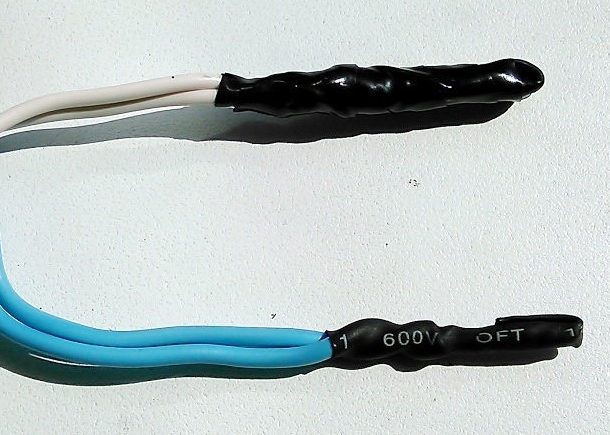
For example, it was quite common practice to twist wires, wrapped with electrical tape at the final stage, which led to a “durable and reliable” connection. It is clear that this type of connection, albeit unacceptable, but still took place, and can still be found in apartments where repairs have not been carried out since the house was commissioned. And despite the fact that they can perform their function for a long time, over time, such connections begin to heat up very much, which can lead to malfunctions, and even to a fire.
Another, no less rare subjective cause of a cliff, may be drilling holes and hammering nails into the walls, relying on intuition. You may not have x-ray vision to pre-determine the location of the wiring, but if suddenly the light went out while making a hole in the wall, then you hit the bull's-eye. The truth then, and look for a cliff for a long time does not have to. Only here it is possible that you can just slightly touch the wire, damaging the insulation. Such a plot is less predictable, since the disappearance of light may not follow. At least instantly.With slight damage, the wiring can last some more time, but then inevitably a short circuit will occur, and you will not even remember what could be the reason.
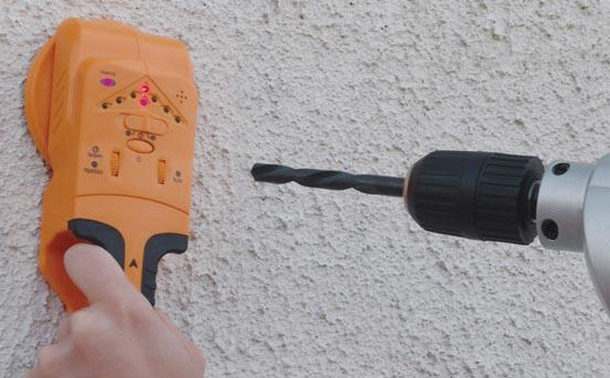
The most difficult in terms of localization cause wire breakage is banal aging. Yes, over time, the wires wear out, becoming more fragile, and the occurrence of a break can occur absolutely anywhere. Given the absolute spontaneity of problems for this reason, their detection is considered the most difficult, especially because no logical chains can simply be built here.
Cliff search
So, all the houses on the street and in the area with the light in the distribution panel did not show any problems either, which means that the problem is probably hidden somewhere inside the walls of your estates. And after we sorted out the possible causes of wiring malfunctions, it's time to move on to the main topic - finding a wire break in the wall. There are several relevant ways to accomplish this difficult task, each of which we will consider in a little more detail, which will probably come in handy for you in the future.
Logics
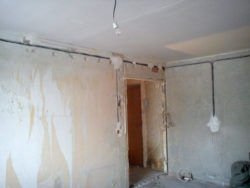 Yes, despite the fact that we have already suggested the lack of benefit from logical conclusions in some scenarios, it still remains one of the tools for determining the scene of an accident, which many resort to primarily. In this case, it is worthwhile to analyze in detail all possible “hints” that have occurred recently. Try to remember if the light blinked, or maybe your neighbors had electricity problems. If repairs have recently been carried out, then you may be able to quickly locate the focus. Pay attention to smells, because if a short circuit occurs, then it is likely that you will experience a characteristic smell of melted insulation. All these, of course, are not the most accurate sources of information, however, this may be enough to find a cliff in a timely manner.
Yes, despite the fact that we have already suggested the lack of benefit from logical conclusions in some scenarios, it still remains one of the tools for determining the scene of an accident, which many resort to primarily. In this case, it is worthwhile to analyze in detail all possible “hints” that have occurred recently. Try to remember if the light blinked, or maybe your neighbors had electricity problems. If repairs have recently been carried out, then you may be able to quickly locate the focus. Pay attention to smells, because if a short circuit occurs, then it is likely that you will experience a characteristic smell of melted insulation. All these, of course, are not the most accurate sources of information, however, this may be enough to find a cliff in a timely manner.
Indicator screwdriver
 If it happened that none of the logical conclusions fits your situation and does not allow you to determine the place of the accident, then from available means (at least those that a good owner should have) can be useful indicator screwdriver. Of course, its usefulness can be disputed, but in some cases it allows at least localizing the area of damage to the wire. True, this works in a rather peculiar way, since by checking the presence of a phase, you can check the integrity of only the phase wire, but not the zero wire. And this is not the only drawback of this method, since even if the indicator on the screwdriver lights up, this may not mean there is no problem.
If it happened that none of the logical conclusions fits your situation and does not allow you to determine the place of the accident, then from available means (at least those that a good owner should have) can be useful indicator screwdriver. Of course, its usefulness can be disputed, but in some cases it allows at least localizing the area of damage to the wire. True, this works in a rather peculiar way, since by checking the presence of a phase, you can check the integrity of only the phase wire, but not the zero wire. And this is not the only drawback of this method, since even if the indicator on the screwdriver lights up, this may not mean there is no problem.
Simply put, with the help of an indicator screwdriver it is quite possible to determine the approximate section of the cliff, but this information does not claim to be 100% reliable. And the lack of experience in the field of electrics can adversely affect the search process. By the way, the indicator indicates a damaged area, but it should be located no further than 30 cm from the diagnostic site. Nevertheless, many owners probably have such a screwdriver, since its cost is much lower than that of specialized devices.
Wiring detectors
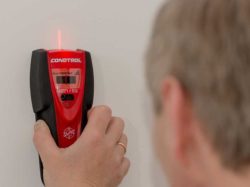 Known as alarms or route detectors, wiring detectors are specialized tools for finding hidden or open wiring through which electric current flows, as well as metal structures. Naturally, in the category of models of these devices, several different types are distinguished, however, you will need the manual option to search for the exact location of the wire break. After all, for sure you will not need complex and expensive models that require a connection to a laptop computer for such searches.Yes, despite the fact that a good manual wiring finder will cost you a couple of times more expensive than signaling devices found among electricians (which are cheaper representatives of wiring detectors), they will still greatly simplify searches.
Known as alarms or route detectors, wiring detectors are specialized tools for finding hidden or open wiring through which electric current flows, as well as metal structures. Naturally, in the category of models of these devices, several different types are distinguished, however, you will need the manual option to search for the exact location of the wire break. After all, for sure you will not need complex and expensive models that require a connection to a laptop computer for such searches.Yes, despite the fact that a good manual wiring finder will cost you a couple of times more expensive than signaling devices found among electricians (which are cheaper representatives of wiring detectors), they will still greatly simplify searches.
For all this, these devices simultaneously solve two problems, including not only the localization of the cliff, but also the search for the route itself, which is extremely practical, especially if wiring in your house or apartment was carried out contrary to accepted standards. That is, if the wires do not pass vertically and horizontally, then no screwdrivers and testers will help you. That is why these devices are considered one of the most reliable in this situation, even if their price range seems to be quite wide.
Custom Options
Of course, if among the above tools you have at your disposal only logic that, for example, did not help you determine the place of wire breakage in the wall, then you can resort to not the most standard "grandfather" methods. True, they will require you to have a certain technique, which we will list below.
Radio
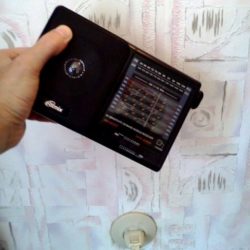 Well, you probably could not have a clue about this, especially if you are far from electricians, but a regular radio receiver can help in your searches. And the most convenient option would be a small portable radio. To do this, it will be enough to tune it to the mid-wave frequency and drive it near the wall. When distortion or crackles begin to appear in the sound, you will realize that you have come across the wiring. Having determined its location, you can proceed to the second phase of the search. Here you should also not have any problems, since driving the radio along the direction of laying the wires, the interference will disappear or noticeably change in the test where the accident occurred.
Well, you probably could not have a clue about this, especially if you are far from electricians, but a regular radio receiver can help in your searches. And the most convenient option would be a small portable radio. To do this, it will be enough to tune it to the mid-wave frequency and drive it near the wall. When distortion or crackles begin to appear in the sound, you will realize that you have come across the wiring. Having determined its location, you can proceed to the second phase of the search. Here you should also not have any problems, since driving the radio along the direction of laying the wires, the interference will disappear or noticeably change in the test where the accident occurred.
Microphone
If you are a modern person, then the radio may not be in your home. But with a higher probability there is a microphone that can be connected to a device that reads and records / plays sounds. It can be a music system, a DVD player, and much more. As for the search process itself, it is similar to the previous one. All you need to do is drive along the wall at the intended site of the wiring failure and listen for interference.
It is also worth remembering that these two methods cannot be called the best, since there may be significant errors in their “results”. That is, detected by ear may not be exactly in the place where you pick up these interference.
Conclusion
To summarize, it is worth noting that all of the above methods for detecting wiring breaks can not guarantee you high accuracy, except perhaps for locator finders. Especially if you are not too good in this area. And even if you find a cliff, then do not neglect the services of specialists, the use of which may be the best solution to the problem.






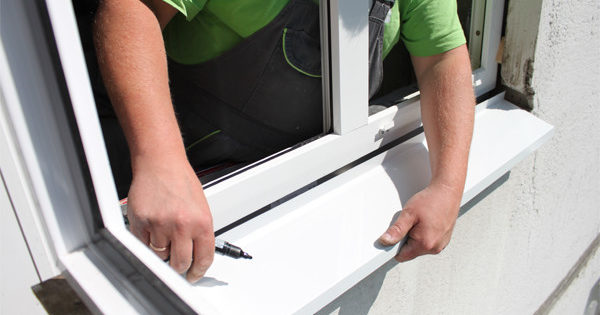
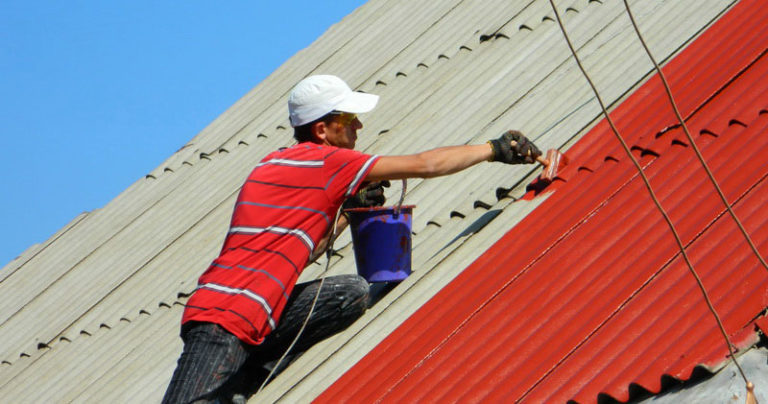
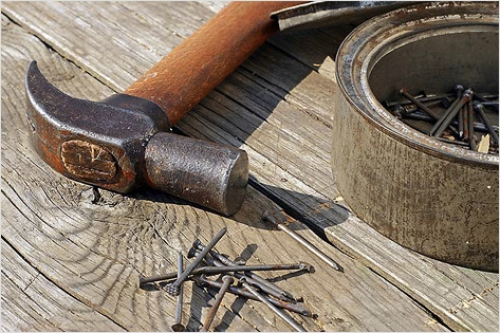

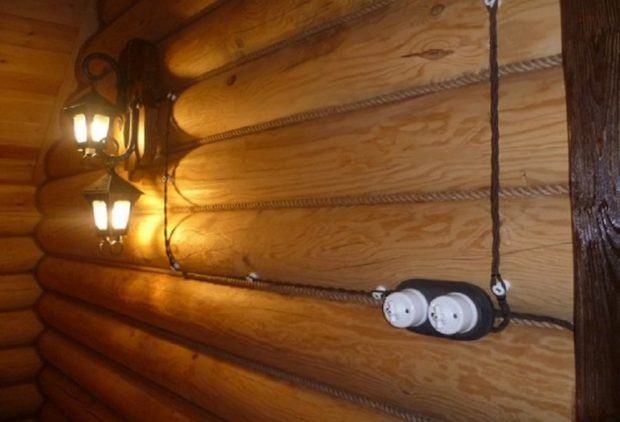
I remember in my school years with a friend looking for missing light in the garage - that’s how they used the transistor. Found at least a long time looking. And now there are even special devices.